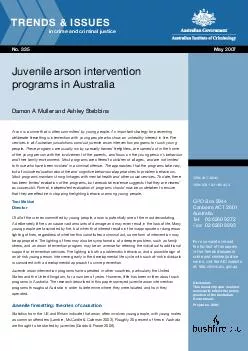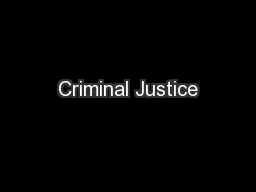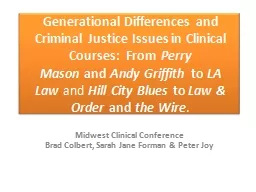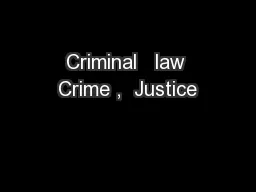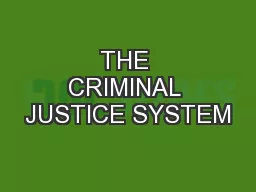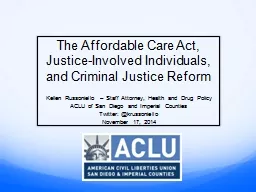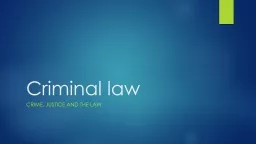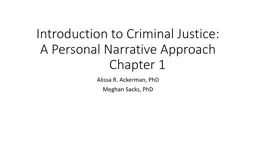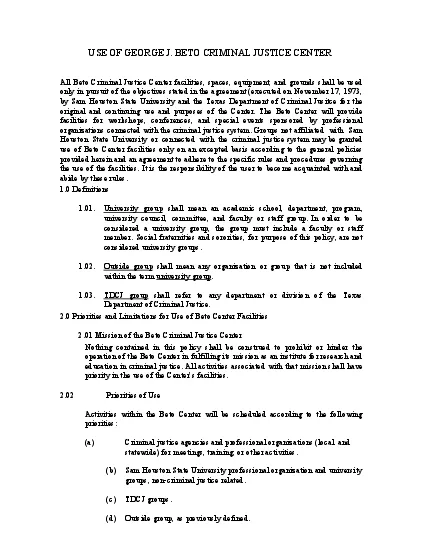PDF-TRENDS ISSUES in crime and criminal justice ISSN ISBN GPO Box Canberra ACT Australia
Author : myesha-ticknor | Published Date : 2015-02-19
aicgovau Disclaimer This research paper does not necessarily re64258ect the policy position of the Australian Government Project no 0081 No 335 May 2007 Arson is
Presentation Embed Code
Download Presentation
Download Presentation The PPT/PDF document "TRENDS ISSUES in crime and criminal jus..." is the property of its rightful owner. Permission is granted to download and print the materials on this website for personal, non-commercial use only, and to display it on your personal computer provided you do not modify the materials and that you retain all copyright notices contained in the materials. By downloading content from our website, you accept the terms of this agreement.
TRENDS ISSUES in crime and criminal justice ISSN ISBN GPO Box Canberra ACT Australia: Transcript
Download Rules Of Document
"TRENDS ISSUES in crime and criminal justice ISSN ISBN GPO Box Canberra ACT Australia"The content belongs to its owner. You may download and print it for personal use, without modification, and keep all copyright notices. By downloading, you agree to these terms.
Related Documents

